High-Density Polyethylene (HDPE) tubing is a popular choice in modern pipeline systems due to its durability, flexibility, and cost-efficiency. Whether it's for municipal water supply, gas distribution, or industrial piping, HDPE pipes—especially those made from PE100 grade—offer a long-lasting and low-maintenance solution.
What Is HDPE Tubing?
HDPE tubing is a type of plastic pipe made from high-density polyethylene resin. It is widely used for both underground and above-ground installations. Its excellent resistance to corrosion, chemicals, and UV radiation makes it ideal for various demanding environments.
Key Advantages:
High flexibility for easy handling and installation
Smooth interior walls reduce pressure loss and energy consumption
Excellent chemical resistance , suitable for water, gas, and industrial applications
Long service life , typically over 50 years
HDPE PE100: The Superior Material Standard
Among HDPE materials, PE100 is recognized for its superior strength and performance. Compared to PE80 or other lower grades, PE100 can handle higher operating pressures with thinner walls, reducing material cost and increasing flow capacity.
Features of HDPE PE100 Pipes:
Higher stress resistance
Better hydraulic performance
Light weight, easy to transport
Ideal for high-pressure systems (up to PN20)
HDPE Pipe Price per Meter: What Affects the Cost?
When budgeting for a pipeline project, many engineers and buyers consider the HDPE pipe price per meter . This cost can vary depending on:
Pipe diameter and wall thickness (SDR rating)
Material grade (e.g., PE80 vs PE100)
Market demand and resin cost
Type of connection (e.g., butt fusion vs electrofusion)
For example, a 110mm PN16 PE100 HDPE pipe may cost more per meter than a PN10 version due to its higher pressure rating and increased wall thickness.
Electrofusion Coupling: Secure and Leak-Free Connection
To ensure a leak-proof system, HDPE electrofusion couplings are often used for joining pipes. Electrofusion involves using specialized fittings embedded with electric heating elements that, when energized, melt the pipe and fitting surfaces to create a solid joint.
Advantages of Electrofusion Couplings:
Suitable for tight or inaccessible spaces
Minimizes human error in jointing
Provides long-lasting, strong fusion joints
Supports both pressure and non-pressure applications
Applications of HDPE Tubing Systems
Potable water supply (urban and rural)
Sewage and wastewater treatment
Natural gas distribution
Irrigation systems in agriculture
Industrial chemical pipelines
Choosing the right HDPE tubing and coupling method is essential for building a reliable and efficient piping system. With PE100-grade material and precise electrofusion technology, you can ensure long-term durability and operational safety for various applications.
Let us know your specifications, and we can provide a detailed quotation including the HDPE pipe price per meter and suitable electrofusion fittings based on your project needs.
FAQ
Q1: What is the difference between HDPE tubing and HDPE PE100 pipe?
A: HDPE tubing typically refers to smaller diameter pipes used for irrigation or low-pressure systems, while HDPE PE100 pipe is made with a high-performance material grade used in high-pressure water, gas, or industrial applications. PE100 offers higher strength and longer service life.
Q2: How is the HDPE pipe price per meter calculated?
A: The price per meter depends on several factors including the pipe diameter, wall thickness (SDR rating), raw material cost, production volume, and any added fittings like electrofusion couplings. Larger diameters and thicker walls generally cost more.
Q3: What is HDPE electrofusion coupling used for?
A: HDPE electrofusion couplings are fittings used to connect two HDPE pipes by melting and fusing the pipe ends through embedded electrical resistance wires. This method ensures leak-free, high-strength joints, ideal for gas and water systems.
Q4: Are HDPE pipes resistant to corrosion and chemicals?
A: Yes, HDPE pipes are highly resistant to most chemicals, making them suitable for industrial wastewater, chemical transport, and corrosive environments. They do not rust or corrode like metal pipes.
Q5: Can HDPE tubing be used for potable water?
A: Yes, HDPE tubing made from food-grade or certified PE100 material is widely used for drinking water distribution. Always ensure the pipe complies with local health and safety standards.
Q6: How long do HDPE PE100 pipes last?
A: When properly installed and used under recommended conditions, HDPE PE100 pipes can last more than 50 years. They offer excellent UV resistance, chemical resistance, and long-term pressure durability.
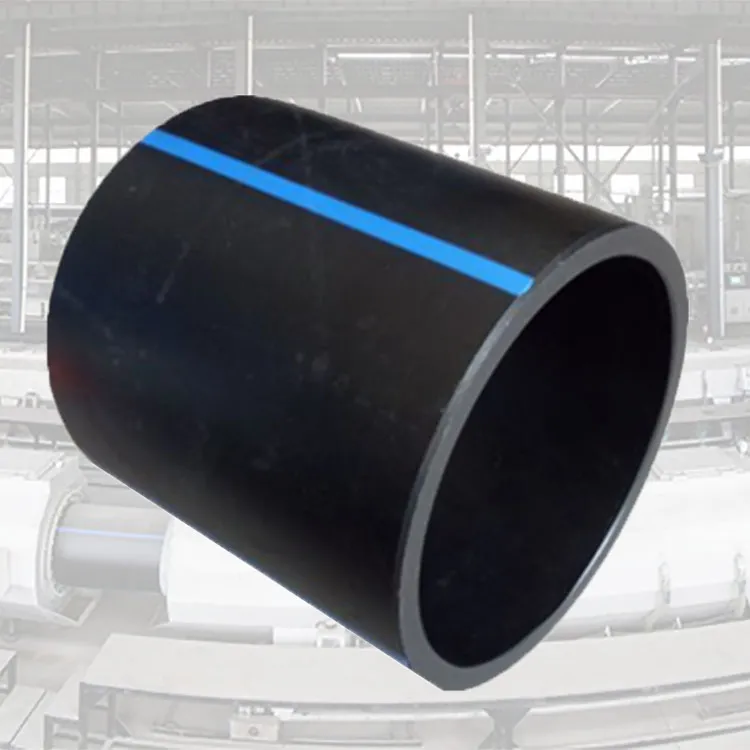
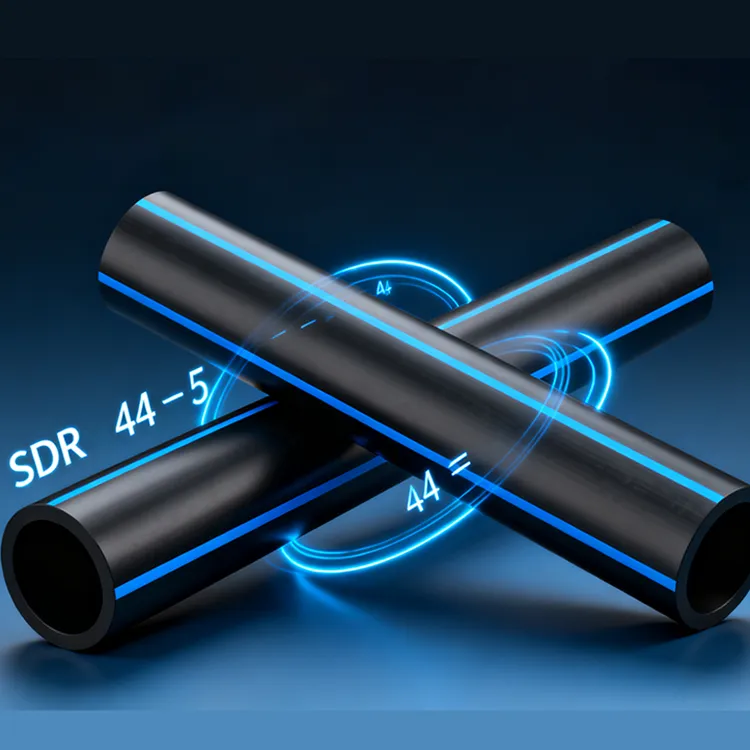
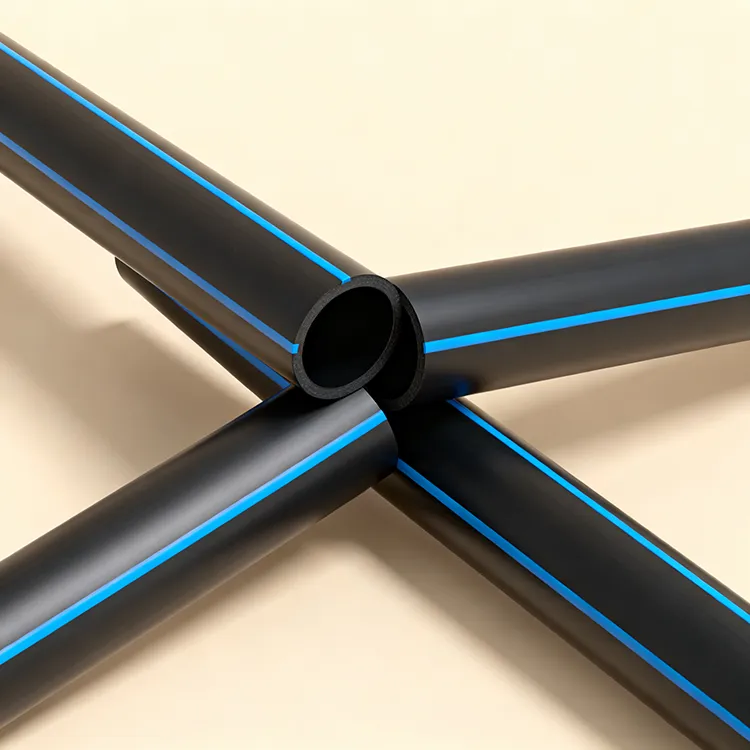
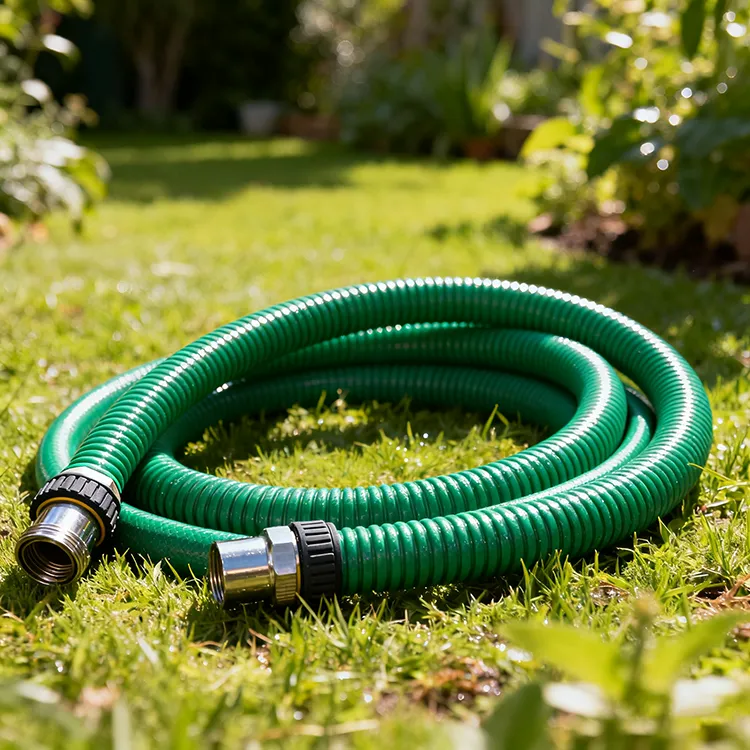
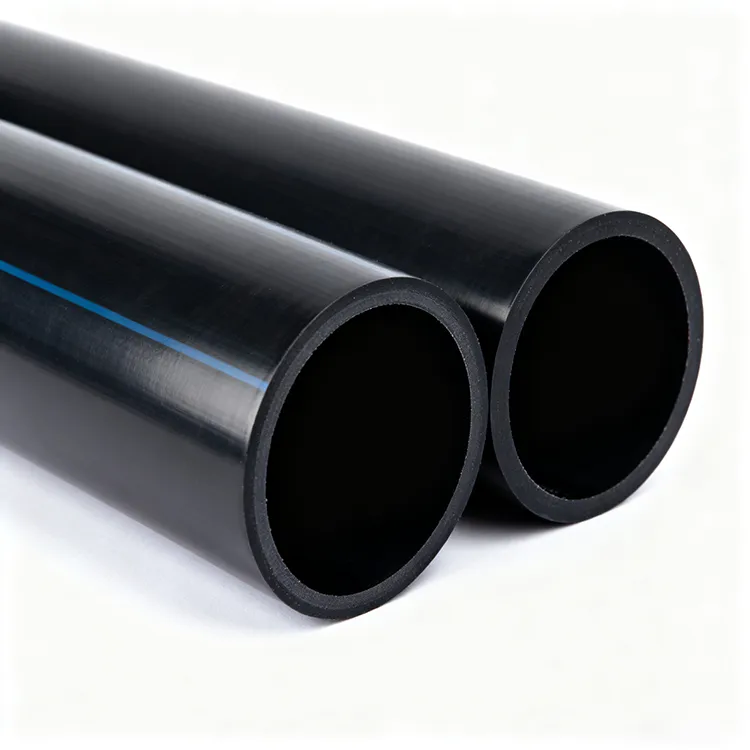
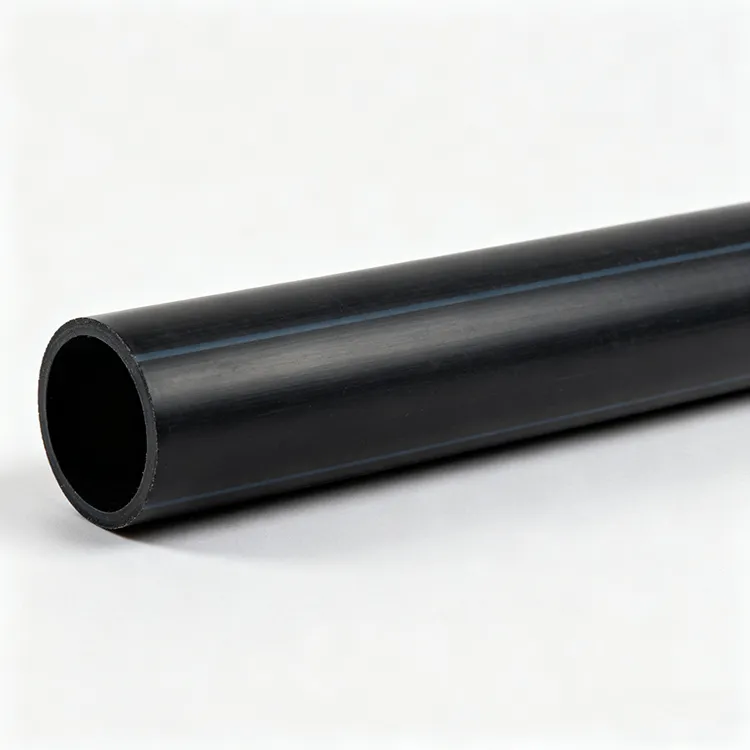
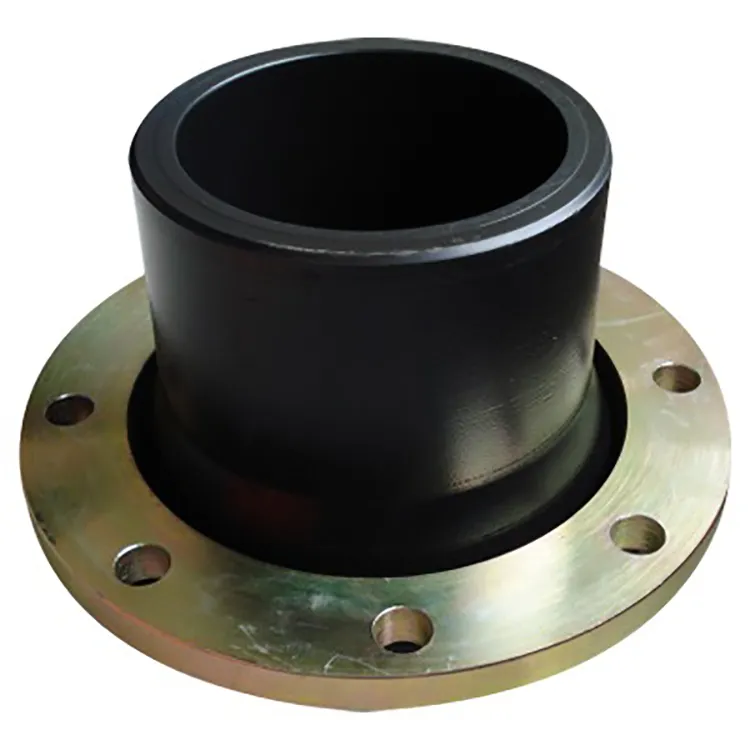
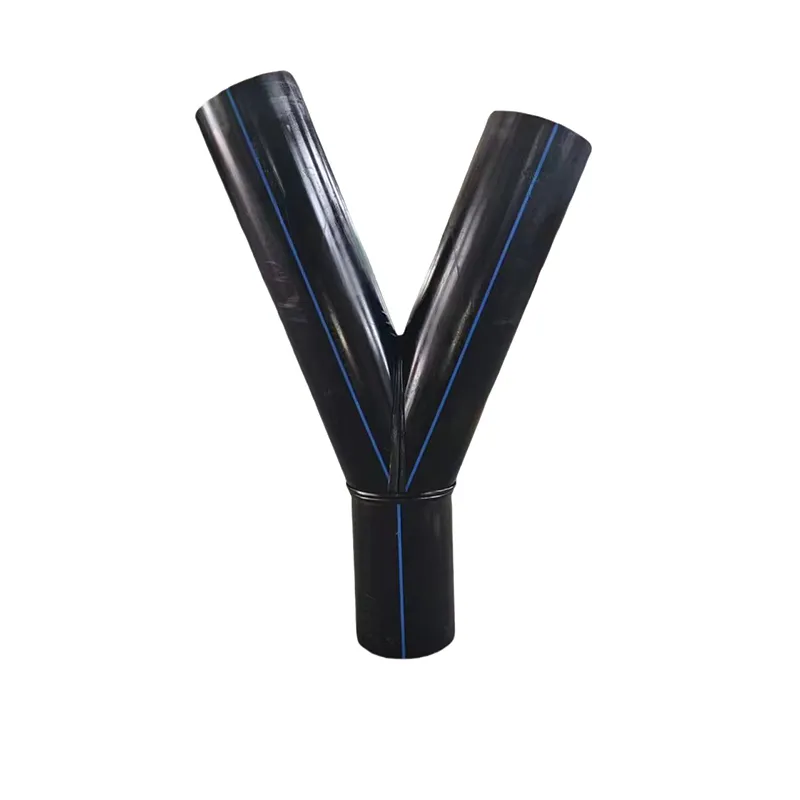
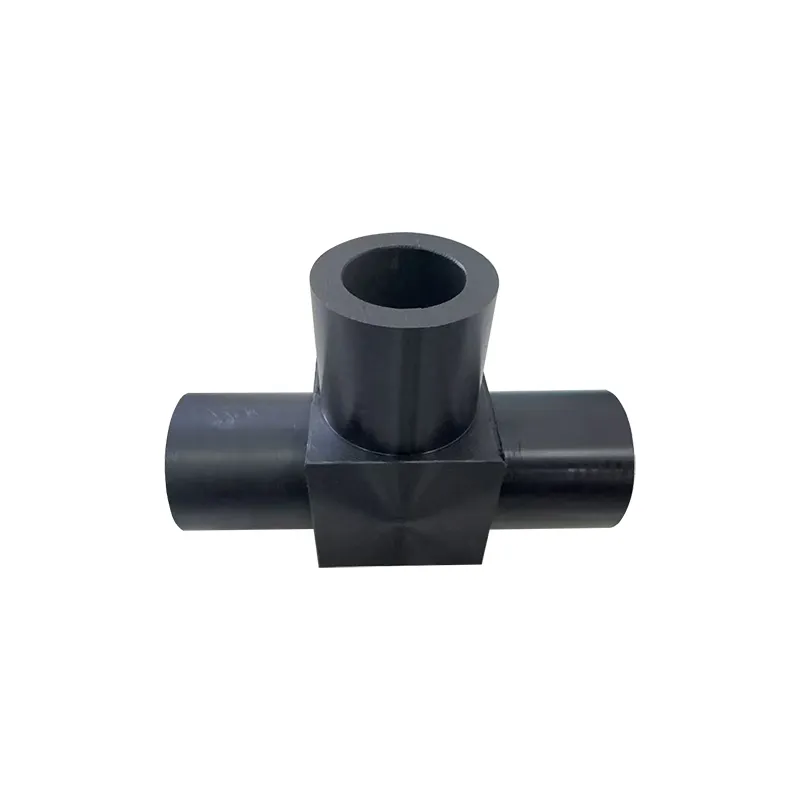
659.webp)
210.webp)
328.webp)
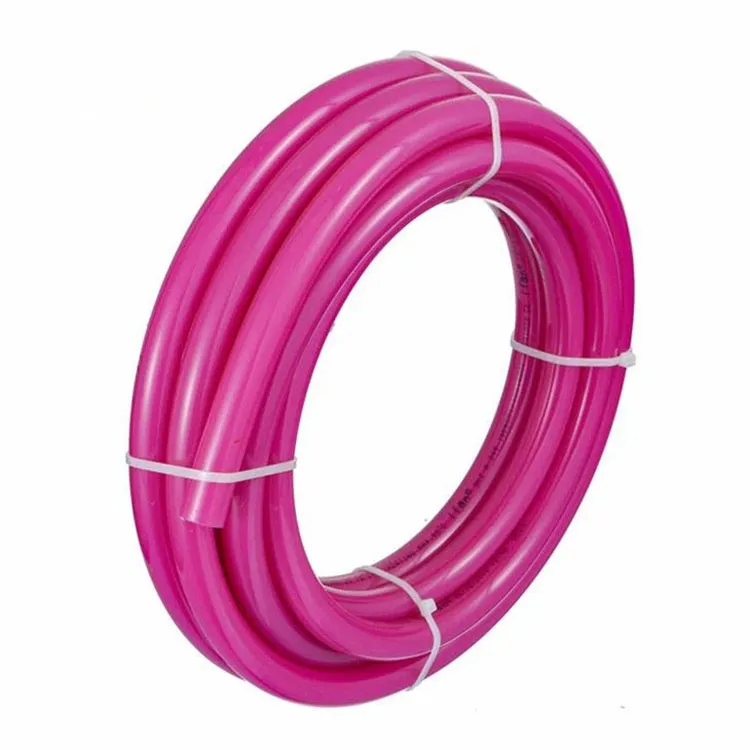
294.webp)
476.webp)


